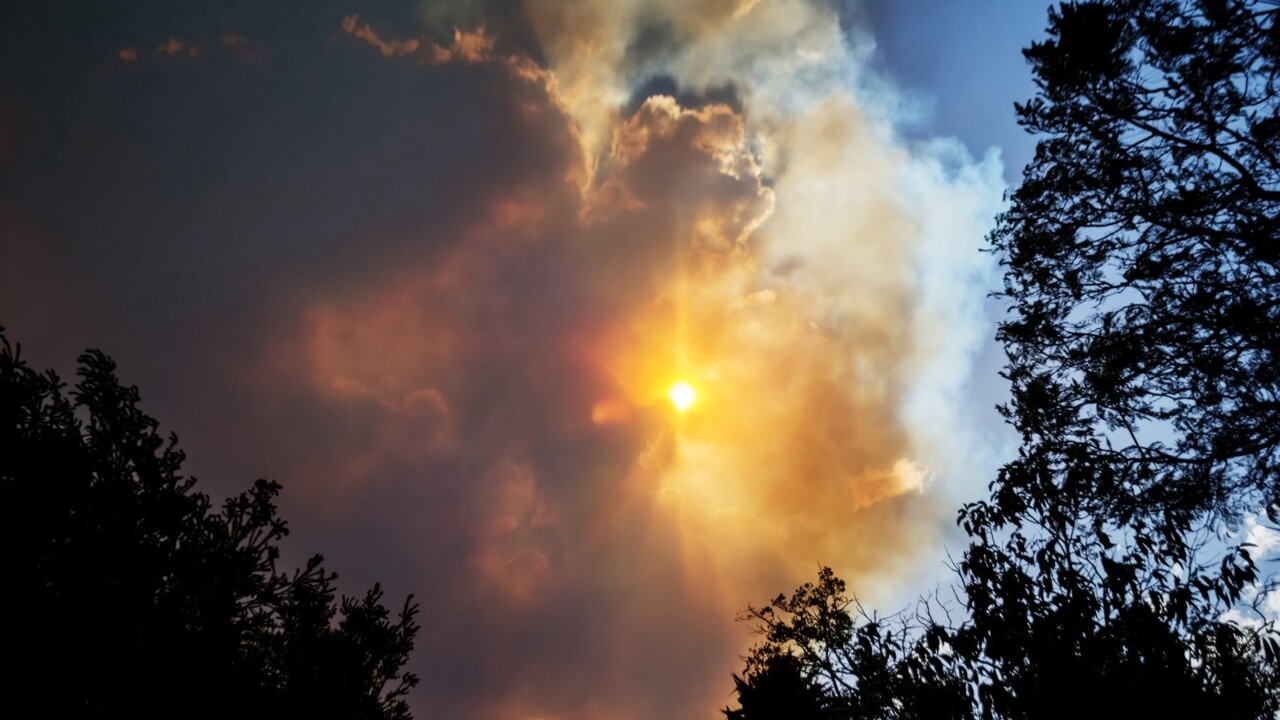Forestry leaders continue to call for integration between CFS and FIB after Coles and Crater Lakes fires in the South East
Two bushfires have struck SA’s forestry region in weeks after the industry raised the alarm on flawed coordination between its and CFS firefighting efforts.

Following back-to-back bushfires in the South East, the state’s forestry industry is continuing to call for greater integration between Forest Industry Brigades (FIB) and the Country Fire Service.
The industry maintains a large force of paid firefighters to combat plantation fires, such as the recent Coles blaze which killed Louise Hincks.
With roughly 300 FIB firefighters and 105 appliances, it is calling for a “better coordination of efforts between the CFS and the industry brigade”.

South Australian Forest Products Association chief executive Nathan Paine said CFS and industry brigades did not operate in isolation but “live next door” of one another.
“They’re all part of the same community,” Mr Paine said.
“It’s about making sure that we can actually harmonise the investment and the firefighting ability and capabilities that the forest industry has alongside the CFS operational units.”
The Green Triangle Fire Alliance chopper, with its 1000 litre capacity played a vital role in combating the recent Crater Lakes fire in Mount Gambier.

Green Triangle Fire Alliance manager Anthony Walsh said the proximity of water meant the bomber was able to make roughly 82 “precision” drops.
“(The pilot) was doing a turnaround in one and half minutes,” Mr Walsh said.
“That’s 30,000 litres an hour.”
Mr Paine said FIB resources were for both estate and community protection, but issues needed to be addressed.
“We stand shoulder to shoulder with the CFS, but to some degree our brigades kind of sit on the outside,” he said.
“When the CFS are upgrading its radio network, they’re not upgrading the radios in our units.
“When there are upgrades, they need to be done harmoniously across non-CFS units like farm fire brigades and obviously, forest industry brigades.”
Mr Paine raised concerns the CFS had the power to “compel and direct industry brigades” away from estates towards other “unrelated” assets, but bore no responsibility for industry brigade personnel.
“If you’re going to say we’re going to have the power to compel and direct your workers or your firefighters, it’d be reasonable for the state in that circumstance to take responsibility for any legal liability that is created as a consequence of that direction,” Mr Paine said.
Mr Paine said the forestry industry and CFS had a very “positive working relationship” and year after year forestry firefighters would “stand on the line” with them to protect the community.
The South Australian forestry industry is a major employer in the region contributing more than $3 billion to the state economy annually and employing over 18,000 people directly or indirectly.




